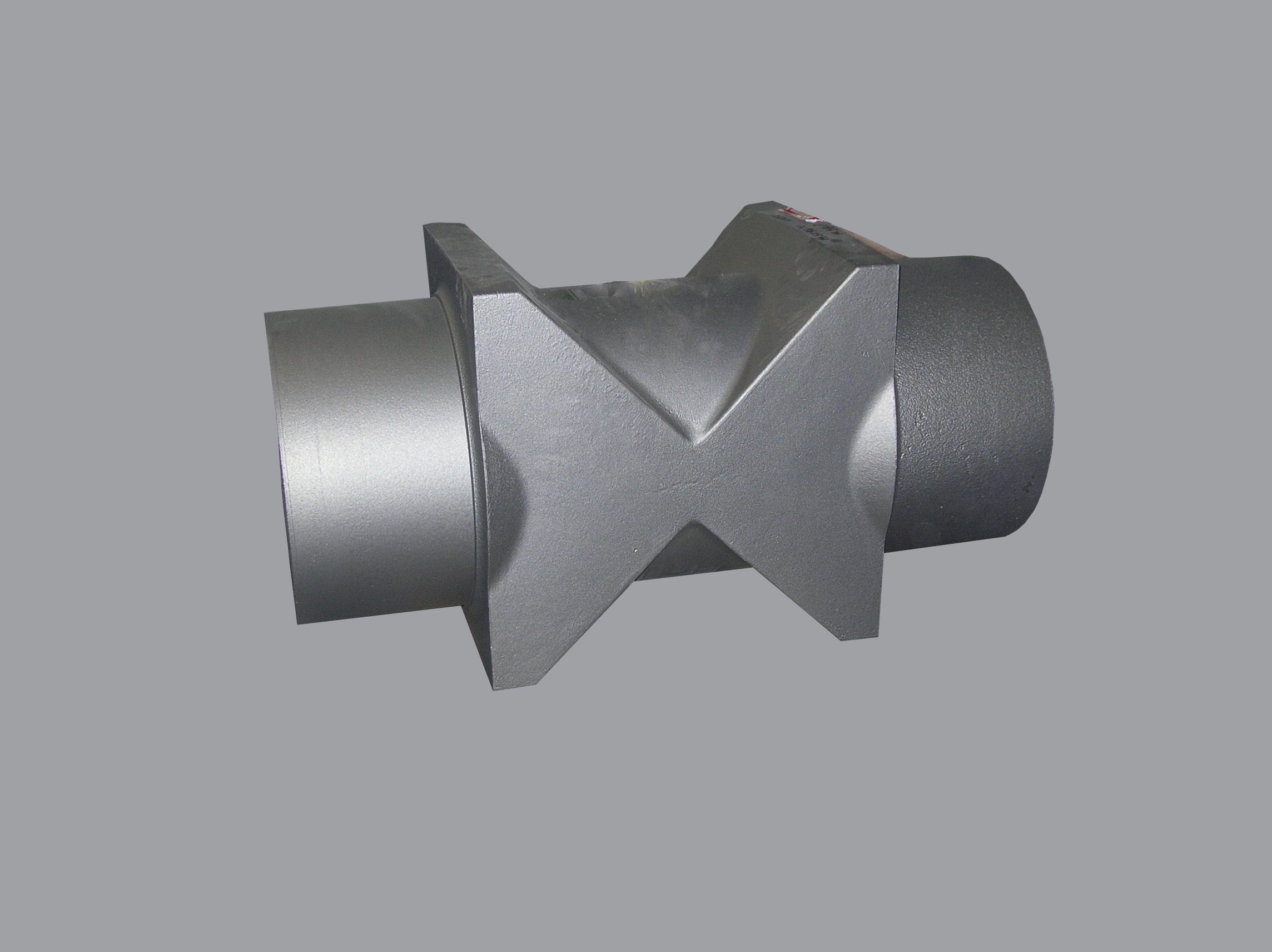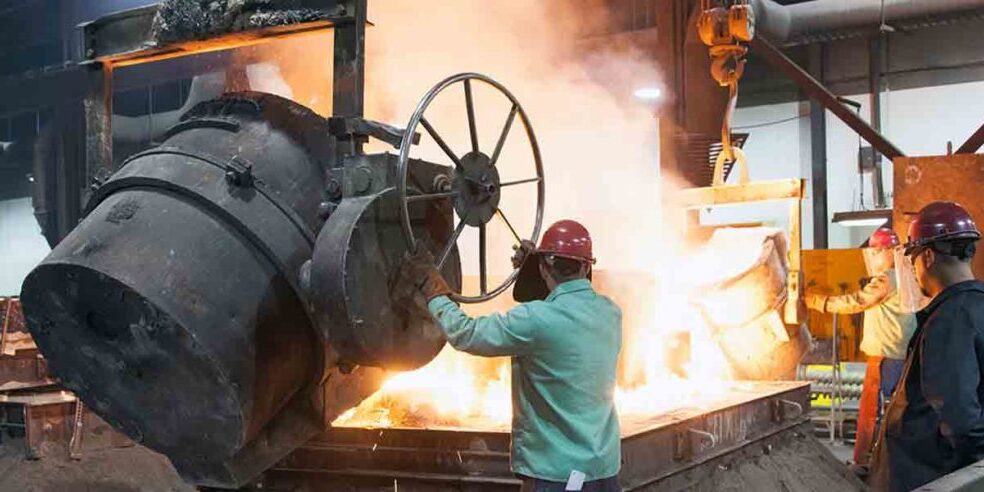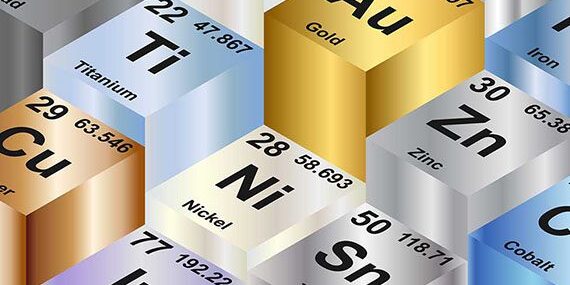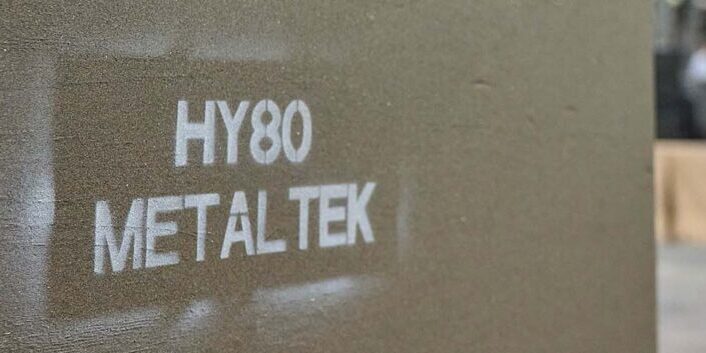Blog Austenitic Stainless Steel Material Profile
November 25, 2020
By: Dave Olsen

Grade
- Austenitic Stainless Steels.
Description
Austenitic Stainless Steel Elements:
- Of all elements added to the basic alloy of chromium and iron, nickel is the most important. It not only improves corrosion resistance but also changes the alloy’s structure and mechanical properties.
Austenitic Stainless Steel Structure:
- As nickel is added in increasing amounts to a ferritic iron/chromium alloy, the structure of the alloy changes from ferrite, through mixed ferrite and austenite, to essentially all austenite. The change in austenitic stainless steel structure is accompanied by a marked increase in ductility and toughness. Austenitic stainless alloys are by far the most widely used of all types.
Properties – Why select this material
- Non-magnetic to slightly magnetic
- Non-hardenable
- Hardness range: 130 to 200 BHN
- Readily weldable
- Corrosion resistance generally best of all stainless types
Typical Alloys in this family
- MTEK 304 (J92600 / CF8)
- MTEK 309 (J93400 / CH20)
- MTEK 310 (J94202 / CK20)
- MTEK 316 (J92900 / CF8M)
- MTEK 317 (J93000 / CG8M)
- MTEK 347 (J92710 / CF8C)
- MTEK 20 (N08007 / CN7M)
For guidance in selecting the appropriate austenitic stainless steel in your application, contact us.
Have questions?
Download Our Alloy Guide
Download Our Where Used Guide
Blog Tags
Related Blogs
MetalTek’s Carondelet Division Certified to Produce HY-80 Steel
MetalTek's Carondelet Division is excited to announce that we achieved certification to produce HY-80 steel. HY-80 is a...



